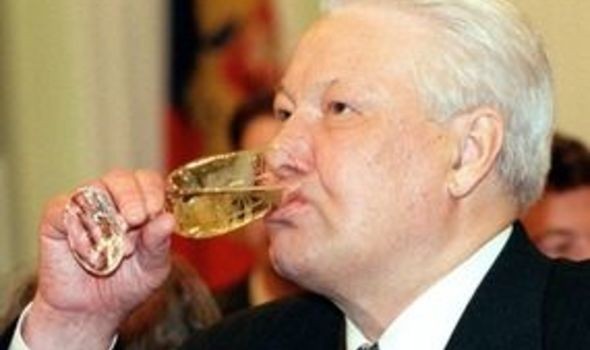Boris Yeltsin: Russia’s First President
Boris Yeltsin was a pivotal figure in modern Russian history who led his country through a dramatic period of transformation. As the first democratically elected president of the Russian Federation, Yeltsin oversaw Russia’s turbulent transition from Soviet communism to a market economy during the 1990s.
Born in 1931 in the Sverdlovsk region, Yeltsin rose through the ranks of the Communist Party before becoming an outspoken reformer under Mikhail Gorbachev’s leadership. His defining moment came in August 1991, when he stood atop a tank outside the Russian parliament building to defy a hardline coup attempt against Gorbachev. This act of defiance cemented his reputation as a defender of democracy.
Following the collapse of the Soviet Union in December 1991, Yeltsin led Russia through radical economic reforms known as “shock therapy,” which included rapid privatization and price liberalization. While these measures aimed to quickly transform Russia into a market economy, they also led to severe economic hardship for many citizens, hyperinflation, and the rise of powerful oligarchs who acquired state assets at bargain prices.
Yeltsin’s presidency was marked by significant political turmoil. In 1993, he faced a constitutional crisis with parliament that culminated in his controversial decision to use military force against opposition lawmakers barricaded in the parliament building. Later, his administration struggled with the first Chechen War, a costly conflict that damaged his popularity.
By the mid-1990s, Yeltsin’s health began deteriorating, and his public appearances became increasingly erratic. Despite this, he managed to win reelection in 1996, though questions about the fairness of the vote persisted. His second term saw Russia default on its debt in 1998, creating another economic crisis.
On December 31, 1999, in a surprise move, Yeltsin resigned and appointed Vladimir Putin as acting president. This peaceful transfer of power, though unexpected, represented Russia’s first democratic transition of leadership.
Yeltsin’s legacy remains complex. While he helped dismantle Soviet totalitarianism and introduce democratic institutions to Russia, his administration was plagued by corruption, economic turmoil, and the diminishment of Russia’s global influence. When he died in 2007, he left behind a dramatically transformed country still grappling with the consequences of his tumultuous rule.
newshub news


Recent Comments